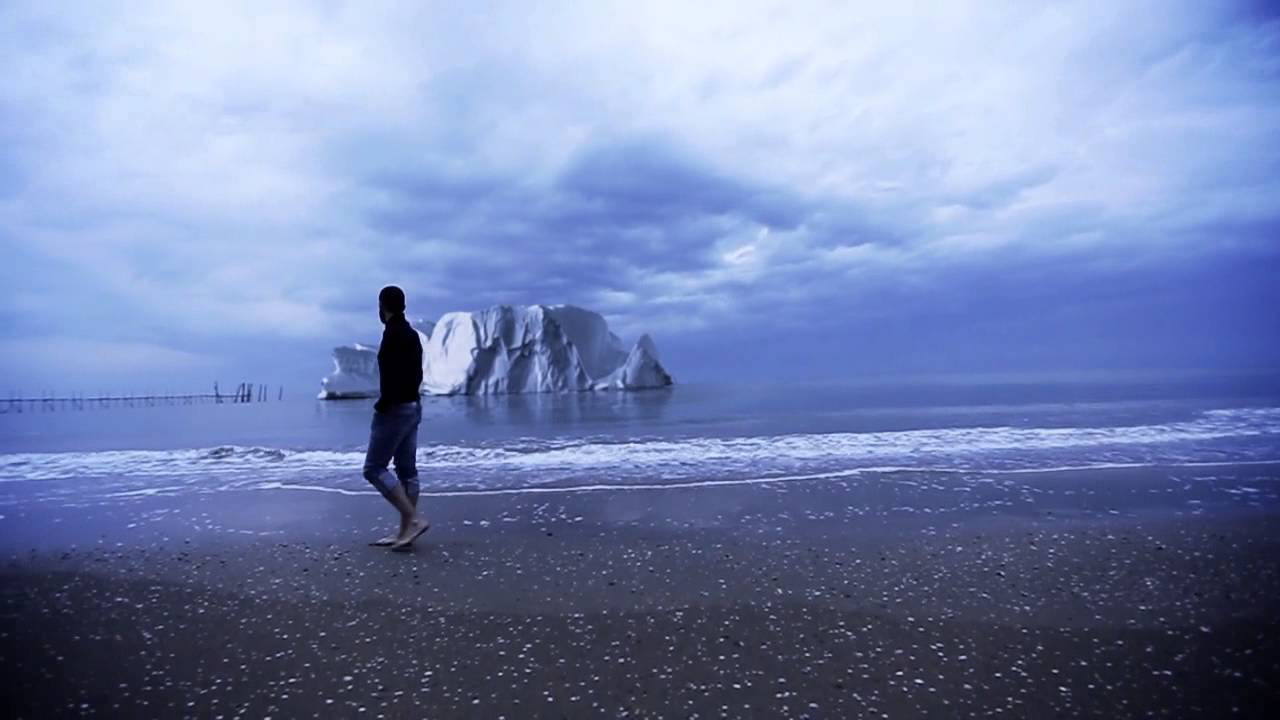

If everything goes to plan, Alex Bellini could become the first person to live on an iceberg, where temperatures hover between 5 to −4 degrees Fahrenheit and gale-force winds blow.
The 38-year-old Italian public speaker and adventurer, who crossed two oceans alone on a row boat and ran across the U.S. in 70 days, recently spoke about his project, Adrift, a years’-long ambition to live in a survival capsule on a Greenland iceberg.
Once a suitable iceberg is selected, Bellini plans to conduct research on climate change‘s affect on ice sheets and to test the limits of human endurance and survival.
“I’m not in love with Greenland, and I’m not personally in love with ice, even though I was born in the mountains,” Bellini told IFL Science. “[The reason I’m doing this] is exploring, knowing, trying to understand how you can cope with unpredictable situations.”
According to the Adrift mission website, sensors and devices will be placed on the iceberg to collect real-time data about ice structure and its evolution as it drifts.
“This data, never collected before, will help scientists to understand important issues about climate change on Planet Earth,” the site states.
Bellini plans to stay in a specially-designed aluminum capsule for up to 12 months or until the iceberg flips—a natural phenomenon that occurs from melting ice and an imbalance in frozen water.
The capsule was developed by a Seattle-based company called Survival Capsule, which designed its patented personal safety system to protect against tsunami events, tornadoes, hurricanes, earthquakes and storm surges.
According to a 2015 Outside article, the capsule will carry 300 to 400 kilograms of food, a wind generator, solar panels, and an EPIRB beacon if rescue is needed. It will also be equipped with Wi-Fi, a work table, electronic panels and a foldable bed so Bellini has room to exercise.
Bellini expressed confidence that the product would be strong enough to survive storms or getting crushed by icebergs.
“I fell in love with the capsule,” he told Outside about the three-meter, ten-person version he selected. “I’m in good hands.”
Other than living in an inhospitable climate and flipping off an iceberg into open waters, the adventurer said that boredom could be his one of his greatest challenges.
As IFL Science reported, Bellini initially wanted to kick off the mission around winter 2018. However, funding issues have stalled the project, and more than $500,000 still needs to be raised.
Learn more about the project in the video above and this FAQ link here.

 233k
233k  41k
41k  Subscribe
Subscribe 